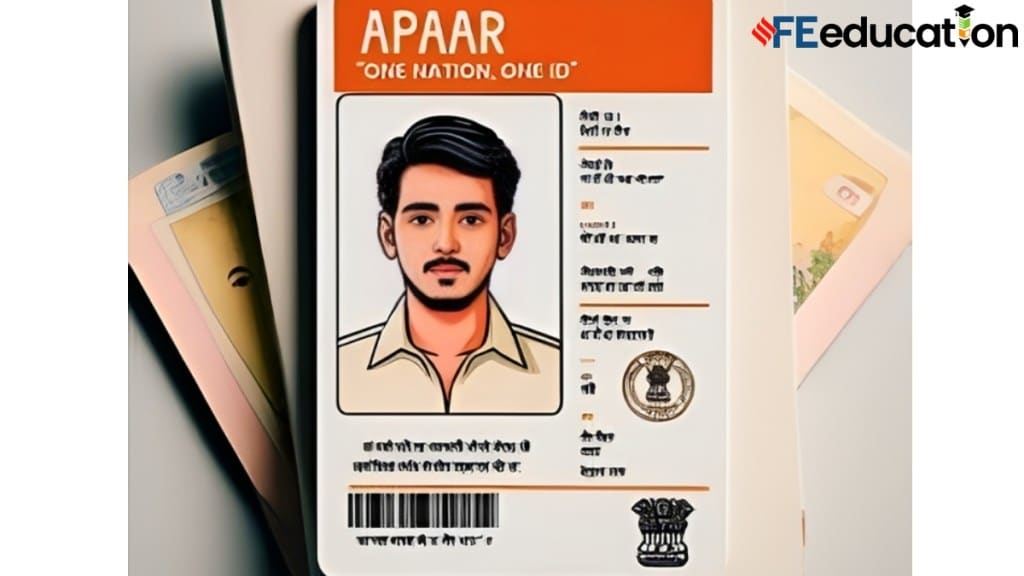By Pradeep KP
The verifiable credential ecosystem in India has a “cold start” problem. While many educational institutions continue to generate and issue certificates, transcripts, letters, and other documents, the recipients of these acclaims are often burdened with the arduous task of collecting, compiling, storing, and exchanging the documents. The gradual adoption of records bound with a single digital identifier has been the preferred method for addressing this. For students, the APAAR ID is valid for the duration of the student’s lifecycle and promises an improved experience. Today, the institute issues a provisional APAAR ID, which is then made available to students from Digi Locker. The associated acclaims are linked with this ID.
The emerging challenge
Three essential points must be considered when verifying any digital record or credential: whether the record was issued by an approved issuer, whether it was issued to the intended recipient, and whether the integrity of the data in the record is intact. Verifiable documents anchored on the blockchain enable these topics to be addressed, along with any relying party’s capability of near-instantaneous verification. Including digital identifiers such as APAAR creates a form of binding that can provide the necessary identity context to the claims.
The cold start problem of the verifiable credential ecosystem needs to be addressed systematically through a combination of technology innovation, market economics and regulatory intervention. Today, the low credential liquidity in a digital trust ecosystem is directly linked to the recipient’s inability to discover new growth opportunities. This has to change. Recipients and holders of verifiable credentials should be able to discover, engage and transact with fully qualified opportunities from participants within a network, creating multiple marketplaces and trusted connections. ONEST provides the much-needed stimulus for building open networks across domains and specialisations. The digital data exchange powered by verifiable credentials anchored on the blockchain drives trustworthy connections.
The new possibilities
Reimagining APAAR- like digital identifiers, as verifiable credentials that can be linked and bound with other documents creates the foundation for extensive document exchange and use. The growth of these digital trust ecosystems is linked to an upswing in the issuance of credentials, the exchange and circulation of those records, and the multipurpose value embedded in them. Any scenario involving a digitally verifiable credential has three actors: the record issuer, recipient, and relying party. Today, for obvious reasons, the focus is on increasing issuers. However, the total value created in the digital trust ecosystem is driven by the growing number of relying parties or verifiers who can use the records to provide access to opportunities, services and such. For a student or a learner, this might mean access to specialised mentoring, grants, aids and scholarships, discovering new employment opportunities, or even offering services such as mentoring and tuition.
Today, the standards, protocols and technologies exist to transform the experience around digitally verifiable credentials from merely a secure and better replacement for paper or digital records to something that is an asset for the recipient. To enable this, we need to rethink existing workflows to make them pivot around the recipient. We must include personal assistive technology within secure storage, such as digital wallets, enabling discovery, engagement and transaction with trusted sources. This also means that we elevate the data registries and lists from just a static list of authorised sources to a more secure, machine-readable registry, which is a critical component of completing digital trust tasks such as completing a transaction, securing a data exchange, etc.
The improved experience
Digital identifiers, which emphasise the recipient’s experience, are essential for unlocking the value of reusable identifiers stored in secure wallets. Today, the issuer initiated the workflow of the APAAR ID is a good foundation on which to overlay newer experiences where the recipient can not only request the ID but also seek value-added services such as attestation and verification. The potential in a digital trust ecosystem is embedded in the capabilities offered by personal agents in the wallets. The interplay between verifiable credentials, wallet, and the goods/services offered within a network will drive the number of transactions. Today, this market is at a stage of adoption, so the only notable transactions are creation (or issuance) and verification (or checking). This is projected to expand to areas where the recipient can broadcast their intent to the participants in the network, and trusted service providers can be put together as a collection to meet those requirements.
Imagine a scenario where a meritorious student wants to apply for a scholarship to complete the formalities required to travel to the institute of higher education and enrol. Today, each of these tasks is a disparate anxiety-inducing scenario. With digital identifiers, verifiable credentials, open networks and trusted data registries, this will likely become a single-click experience by creating items like a digital resume or a portfolio of achievements. And that is the fundamental digital transformation we can bring about.
The author is co-founder and CEO of Dhiway. Views are personal.

